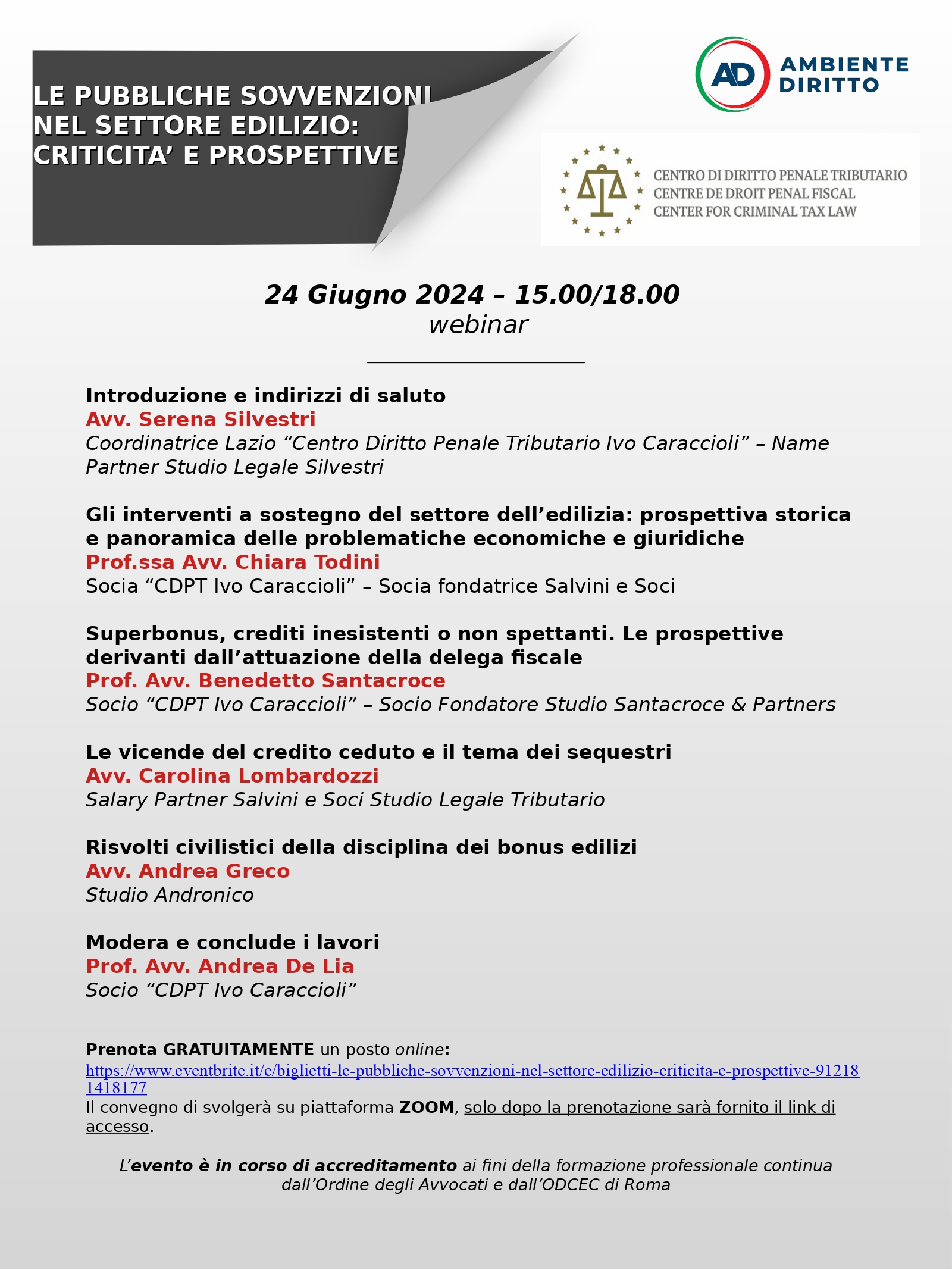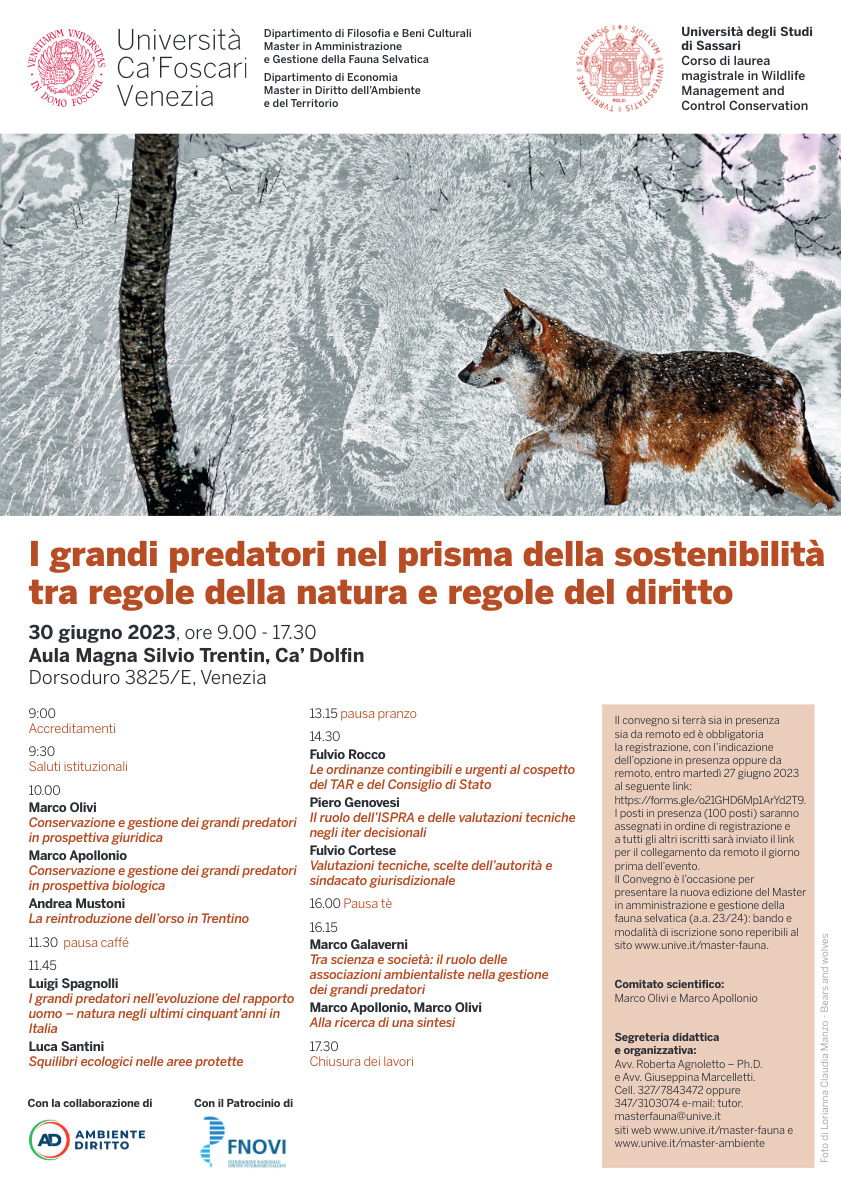______________ AMBIENTEDIRITTO ______________
LA REALIZZAZIONE DI INTERVENTI ED OPERE NEI SITI CONTAMINATI
Giovanni Savarese
Abstract. L’ordinamento italiano in materia di caratterizzazione e bonifica dei siti contaminati (d.lgs. 152/2006) prevede che il sito sul quale risultino necessarie attività di messa in sicurezza, bonifica o ripristino ambientale possa essere gravato da un onere di natura patrimoniale. A ciò si aggiunge il vincolo urbanistico e d’uso che può scaturire dalla valutazione effettuata tramite analisi di rischio sanitario-ambientale sito specifica. Anche se non c’è traccia evidente di limitazioni alla realizzazione di opere edilizie e/o urbanistiche sui siti per i quali sia attivo un c.d. procedimento di caratterizzazione e bonifica, alcuni interventi normativi che hanno specificato tipologie di interventi ammessi e relative condizioni di verifica di non interferenza con le attività di tutela ambientale, possono essere interpretati con accezione restrittiva rispetto a quanto non previsto. Il d.lgs. 152/2006 tuttavia non è l’unica fonte a cui riferirsi per il caso in esame e indubbiamente può essere novellato a pieno titolo il D.P.R. 120/2017 che disciplina la gestione delle terre e rocce da scavo con riguardo anche ai siti contaminati. Il d.lgs. 152/2006 ha poi subito numerosi aggiornamenti e specificamente in argomento sono state introdotte novità rilevanti dal D.L. 76/2020. Scopo del presente contributo è ripercorrere gli assetti principali che riguardano la realizzazione di opere ed interventi nei siti contaminati secondo le fonti normative richiamate e darne una lettura integrata.
Parole chiave: ambiente, bonifica, caratterizzazione ambientale, scavi.
Abstract. The Italian law on the characterization and remediation of contaminated sites (Legislative Decree no. 152 of 2006) provides that the site on which safety, remediation or environmental restoration activities are necessary may be burdened by a financial charge. Added to this is the urban planning and use constraint that may arise from the assessment carried out through a site-specific health-environmental risk assessment. Even if there is no obvious trace of limitations to the construction of building and / or urban planning works on the sites for which a so-called characterization and remediation process, some regulatory interventions that have specified the types of interventions allowed and the relative conditions of verification of non-interference with environmental protection activities, can be interpreted with a restrictive meaning with respect to what is not foreseen. However, Legislative Decree no. 152/2006 is not the only source to refer to for the case in question and undoubtedly the President of the Republic Decree no. 120 of 2017 which governs the management of excavated earth and rocks with regard also to contaminated sites. The Legislative Decree no. 152/2006 has then undergone numerous updates and specifically on the subject relevant innovations have been introduced by the Legislative Decree no. 76 of 2020. The purpose of this contribution is to retrace the main structures concerning the construction of works and interventions in contaminated sites according to the regulatory sources mentioned and to give an integrated reading.
Key word: environment, remediation, site characterization, dig.
SOMMARIO. – 1. Introduzione. – 2. Il regime dei vincoli (una sintetica ricostruzione) e la realizzazione di opere nei siti contaminati nel tempo. – 3. Le più recenti disposizioni in materia di realizzazione di interventi ed opere nei siti contaminati. – 4. Realizzazione di interventi e gestione delle attività di scavo nei siti contaminati. – 5. Lettura combinata del D.P.R. 120/2017 e del D.L. 76/2020. – 6. Regione Toscana: una prima esperienza di indicazioni sull’art. 242-ter – 7. Conclusioni.
Scarica allegato





 AMBIENTEDIRITTO.IT EDITORE
AMBIENTEDIRITTO.IT EDITORE